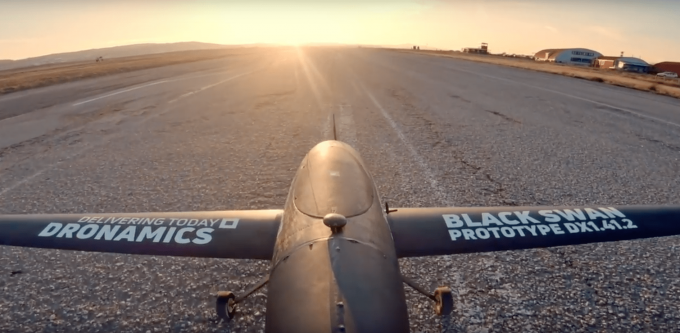Air cargo round-up: Cainiao into Liege; Lufthansa upgrades
Alibaba’s Cainiao arm has charted a Georgian Airlines 767-300F for twice-weekly flights between Xi’an in ...

Drone developer Dronamics has reached signed up 35 airports across Europe to serve as hubs, following the unveiling of new EU regulations for drone operations.
So far, five of the airports have been announced, Liege, Brescia, Osijek, Seinajoki and Skovde, and in an interview with The Loadstar, Dronamics co-founder and chief executive Svilen Rangelov said the rest would be revealed in the coming months.
“Our objective is to have a drone port in every city and town, but these do not necessarily ...
'Disastrous' DSV-Schenker merger would 'disrupt European haulage market'
'Chaos after chaos' coming from de minimis changes and more tariffs
List of blanked transpac sailings grows as trade war heats up and demand cools
Shippers in Asia restart ocean shipment bookings – but not from China
Forto 'sharpens commercial priorities' as it lays off one-third of staff
India withdraws access for Bangladesh transhipments, in 'very harmful' decision
'Tariff hell' leaves industries in limbo – 'not a great environment to plan'
Temporary tariff relief brings on early transpacific peak season
Pre-tariff rush of goods from US to China sees air rates soar, but not for long
Asian exporters scramble for ships and boxes to beat 90-day tariff pause
De minimis-induced ecommerce demand slump could cripple freighter operators
Forwarders 'allowing the fox into the chicken run' by supporting 'hungry' carriers
Hapag 'took the bigger risk' when it signed up to Gemini, says Maersk
'Restoring America's maritime dominance' – stop laughing at the back of the class
Navigating tariffs: 'like trying to solve a Rubik's cube while colour-blind'


Comment on this article